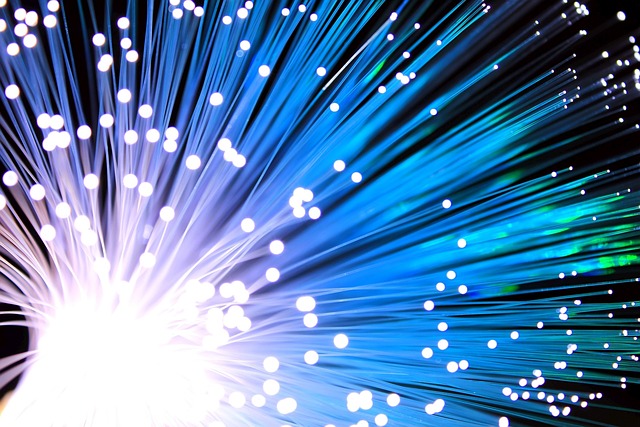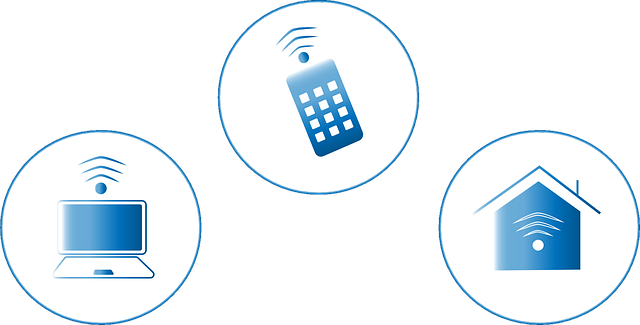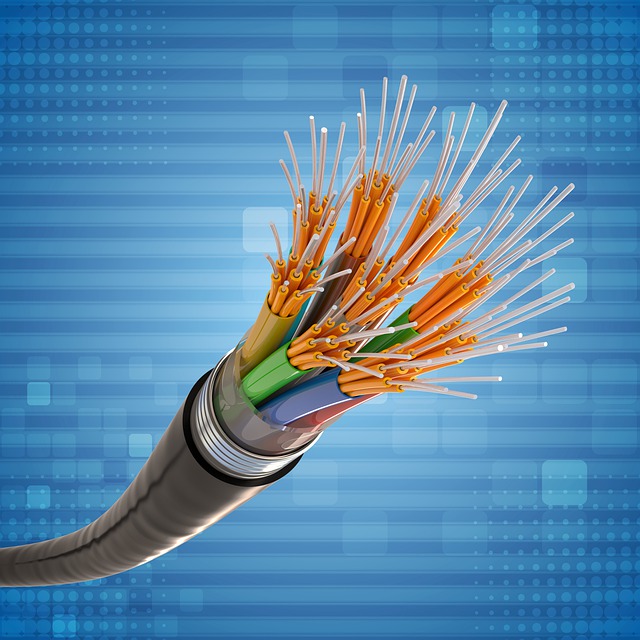With the ever-increasing demand for faster and more reliable internet connectivity, fiber internet has emerged as the go-to solution for many households and businesses. In this article, we will delve into the world of fiber internet technology, explore its many benefits, compare it to other internet options, provide steps for getting fiber internet installed in your home, and offer tips and tricks for maximizing your fiber internet connection. Whether you’re a tech-savvy individual looking to upgrade your internet experience or a newcomer to the world of fiber internet, this article will provide you with the information you need to make informed decisions and get the most out of your internet connection.
- 1. Understanding Fiber Internet Technology
- 2. Benefits of Upgrading to Fiber Internet
- 3. How Fiber Internet Compares to Other Internet Options
- 4. Steps to Getting Fiber Internet Installed in Your Home
- 5. Maximizing Your Fiber Internet Connection: Tips and Tricks
1. Understanding Fiber Internet Technology

Fiber internet technology is a high-speed internet connection that utilizes fiber optic cables to transmit data. These cables are made up of thin strands of glass or plastic that can transmit data at the speed of light. This technology allows for faster and more reliable internet connections compared to traditional copper cable connections.
Fiber internet technology works by converting electrical signals carrying data into light signals, which then travel through the fiber optic cables. These cables are capable of carrying large amounts of data over long distances without any loss of signal or speed degradation.
One of the main advantages of fiber internet technology is its incredibly fast speeds. Fiber internet can provide speeds of up to 1 Gbps (gigabit per second), which is significantly faster than traditional cable or DSL connections. This makes it ideal for activities that require high bandwidth, such as streaming video, online gaming, and video conferencing.
Furthermore, fiber internet technology is also known for its reliability and consistency. Unlike traditional copper cables, fiber optic cables are not susceptible to interference or signal degradation from factors like distance or electromagnetic interference. This means that fiber internet connections are more stable and less likely to experience slowdowns or outages.
Overall, understanding fiber internet technology is essential for realizing the benefits it can provide in terms of speed, reliability, and consistency. As more and more providers expand their fiber optic networks, it is becoming increasingly accessible to users who want a fast and reliable internet connection.
2. Benefits of Upgrading to Fiber Internet

Fiber internet offers several benefits that make upgrading a worthwhile investment for both residential and business users. Firstly, fiber internet provides significantly faster and more reliable internet speeds compared to traditional broadband connections. With speeds reaching up to 1 Gbps, fiber internet allows for seamless streaming, downloading, and uploading of large files with minimal lag or buffering.
Additionally, fiber internet offers symmetrical speeds, meaning that the upload speeds are just as fast as the download speeds. This is particularly beneficial for businesses that rely on cloud-based services, video conferencing, and large file transfers. The low latency of fiber internet also ensures a smoother and more consistent online experience, making it ideal for activities such as online gaming and video streaming.
Moreover, fiber internet is more stable and secure than traditional broadband connections, as the fiber optic cables are less susceptible to interference from external factors such as weather or electromagnetic interference. This enhanced reliability and security can help businesses maintain productivity and avoid downtime due to internet outages.
Overall, upgrading to fiber internet can result in improved productivity, enhanced user experience, and increased efficiency for both residential and business users. The long-term benefits of faster speeds, lower latency, and greater reliability make fiber internet a smart choice for those looking to optimize their online experience.
3. How Fiber Internet Compares to Other Internet Options

When comparing fiber internet to other types of internet options, it is important to consider factors such as speed, reliability, and cost. Fiber internet is known for its incredibly high speeds, often reaching up to 1 gigabit per second (Gbps) or more. This is significantly faster than traditional cable or DSL internet, which typically offer speeds ranging from 25-100 megabits per second (Mbps).
In terms of reliability, fiber internet tends to be more stable and consistent compared to other options. Since fiber optic cables are made of glass and do not suffer from interference like copper wires, they are less prone to signal degradation or outages. This means that users can expect a more reliable connection with fewer interruptions.
When it comes to cost, fiber internet may initially seem more expensive than other options, but the long-term benefits and cost savings can outweigh the initial investment. With the increasing demand for high-speed internet for streaming, gaming, and remote work, the faster speeds and reliability of fiber internet can ultimately be worth the extra cost.
Overall, fiber internet is a superior option when compared to other internet options, offering faster speeds, greater reliability, and a more seamless online experience.
4. Steps to Getting Fiber Internet Installed in Your Home

1. Check Availability: The first step to getting fiber internet installed in your home is to check if it is available in your area. You can contact local internet service providers or use online tools to find out if fiber internet is an option for your location.
2. Choose a Provider: Once you confirm that fiber internet is available, you will need to choose a provider. Research different providers to compare prices, speeds, and customer reviews to find the best option for your needs.
3. Schedule Installation: After selecting a provider, you will need to schedule an installation appointment. A technician will come to your home to install the necessary equipment and set up the fiber internet connection.
4. Enjoy Fiber Internet: Once the installation is complete, you can start enjoying the benefits of fiber internet, such as faster speeds, more reliable connections, and the ability to stream, game, and download with ease. Make sure to test your connection and reach out to your provider if you encounter any issues.
5. Maximizing Your Fiber Internet Connection: Tips and Tricks

Fiber internet is known for its fast speeds and reliability, but there are also ways to maximize your connection for even better performance. Here are some tips and tricks to help you get the most out of your fiber internet:
1. Optimize your Wi-Fi network: Make sure that your router is placed in a central location in your home and away from any obstructions that could block the signal. You can also consider upgrading to a mesh network system for better coverage throughout your home.
2. Use an Ethernet connection: While Wi-Fi is convenient, a wired Ethernet connection can provide a more stable and consistent connection for activities that require higher speeds, such as online gaming or video conferencing.
3. Update your devices: Make sure that your devices are up to date with the latest hardware and software updates to ensure that they are optimized for fiber internet speeds.
4. Use a quality modem and router: Investing in a high-quality modem and router can make a big difference in the performance of your fiber internet connection. Look for devices that support the latest Wi-Fi standards and have features such as beamforming technology for better coverage.
5. Monitor your network performance: Use speed test tools to regularly check the speed and performance of your fiber internet connection. If you notice any issues, contact your internet service provider for assistance in troubleshooting and resolving any issues.


























